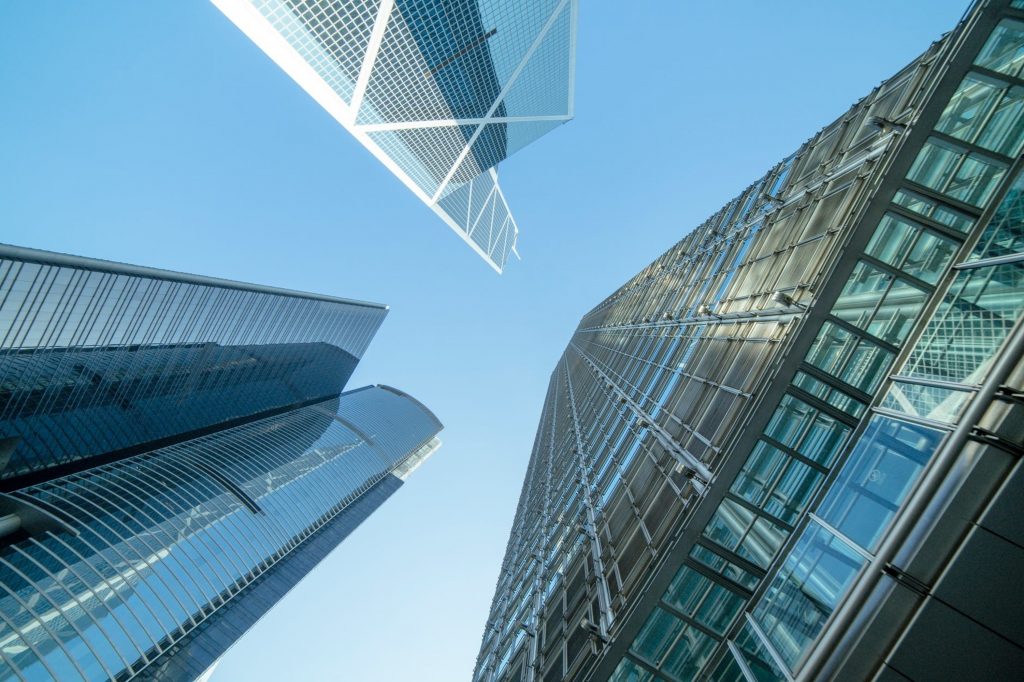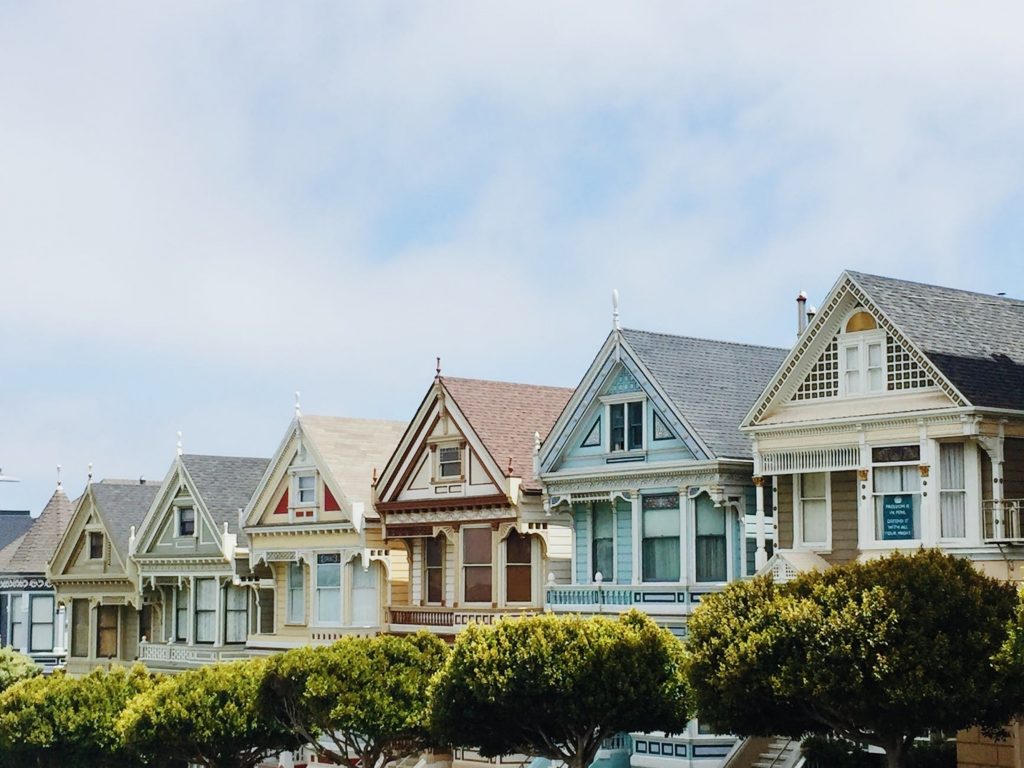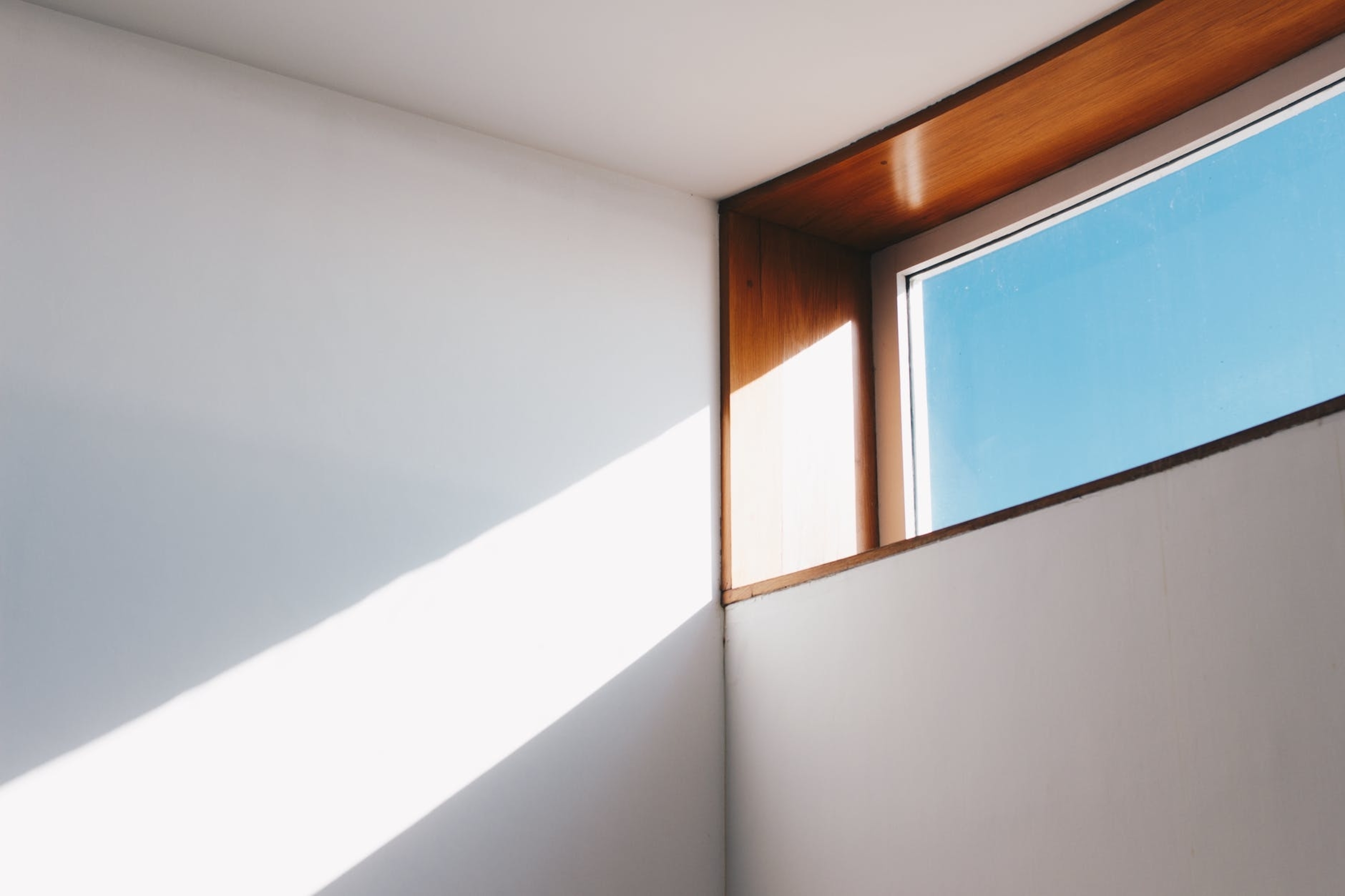A building can’t be considered entirely complete without siding. Siding is an inherent feature that protects a structure from weather elements and external trauma. It also provides a nice-looking finish that gives a building curb appeal.
Different properties require distinct forms of siding to meet their particular purpose. This diversity causes the durability, costs, and maintenance among siding types to vary widely. In this article, you’re going to look at the differences between siding a commercial property vs. a residential one.
Commercial Building vs. Residential Building
To make a clear comparison, you must first understand the difference between commercial and residential properties.
Basically, the latter is a dwelling, often single-family homes, townhouses, and apartments. It’s easier to get emotionally attached to a residential structure since it’s usually inhabited for personal use.
On the other hand, commercial buildings have larger premises than their residential counterparts. They are widely accessible to the public and mostly utilized for business purposes. Common examples include hotels, retail shops, hospitals, and offices.
Differences Between Commercial and Residential Siding
Materials Used
Several factors affect what siding is used for a given building. What type of siding you choose depends on what the siding aims to achieve. For example, is the primary goal aesthetics, to save money, or to choose a low-maintenance option. Some components are cheap, like steel but don’t look nice, which could be inconvenient for a high-end commercial office but could work well for a manufacturing plant. Other elements might be expensive, such as wood, but they offer a more classic façade that’s perfect for homeowners looking to beautify their property.
Purpose
The primary purpose of installing siding is for protection. This applies to all types, no matter how big or small the area it covers.
Commercial property owners tend to use low-cost material to maximize profits. Plus, businesses also operate with the public’s opinion in mind. That’s why aside from being durable, commercial siding should also give a good first impression.
On the other hand, homeowners tend to gravitate towards siding that is functional (i.e. resistant to local weather conditions and low maintenance) or that goes with the home’s aesthetics.
And that brings us to our next comparison:
Cost
Between commercial and residential siding, a significant price gap exists since each structure has different needs. In general, commercial siding costs more because a larger surfer needs to be covered. Depending on the material used, you’ll spend around $20 – $35 per square foot to clad a building. You should anticipate $3 – $10 per square foot to install siding for an average home.
Appearance
Every property owner wants their building to be eye-catching. However, commercial siding demands a more presentable look as it needs to appeal to customers. Don’t worry, though. You can still find plenty of attractive options for spicing up your home exterior.
Durability
Siding is mostly known for its cost-effective features. It can last for several years with proper maintenance. The durability of a siding comes down to what material it’s made of. Commercial siding is commonly made out of metal and can last for many decades. As for residential siding, vinyl is a popular choice since it is low cost.
Maintenance
Most siding is not that difficult to maintain. You only need to inspect for cracks and color fading. Since a commercial building has to look good at all times, you’ll have to check the siding once or twice a year. You can leave residential siding for a decade, and it’ll still be in perfect condition. However, just to be on the safe side, examine your home once every few years.

Best Commercial and Residential Siding Types
It’s mentioned earlier that the factors above would depend on the type of material used. To give you a rough idea, here’s a small table listing popular siding types and the pros and cons of each:
| Commercial Siding Type | Pros | Cons |
|
Steel Siding
|
Easily produced, low-cost, extremely durable, and fire-proof. | Less attractive than other siding types. Common among industrial infrastructure. |
|
Brick Siding
|
Compact, looks natural, and pleasant to the eyes. Low-maintenance.
|
Prone to cracks. One of the most expensive siding used mainly by restaurants. |
|
Fiber Cement |
Used in both residential and commercial buildings. Highly affordable and durable. Can be painted to imitate other materials.. |
Quite tricky to install. Chips away or breaks apart if not applied properly. |
|
Residential Siding Type |
Pros |
Cons |
|
Vinyl Siding |
Inexpensive, low-maintenance, and extremely durable. Primarily used for average homes. |
Prone to getting affected by moisture and mold formation over time. |
|
Wood Siding |
Widely appreciated for its looks. Natural and authentic. Superbly durable if maintained properly. |
Requires lots of maintenance. Expensive to install and maintain. |
|
Stone Veneer Siding |
Undeniably beautiful. Low-maintenance. Less expensive than natural stone. |
Not entirely natural (unlike real stone!) |

Please note that these siding types are not commercial or residential specific. A business can install siding that is normally used for homes and vice versa. In the end, it all comes down to your preference and budget. Choose wisely!

